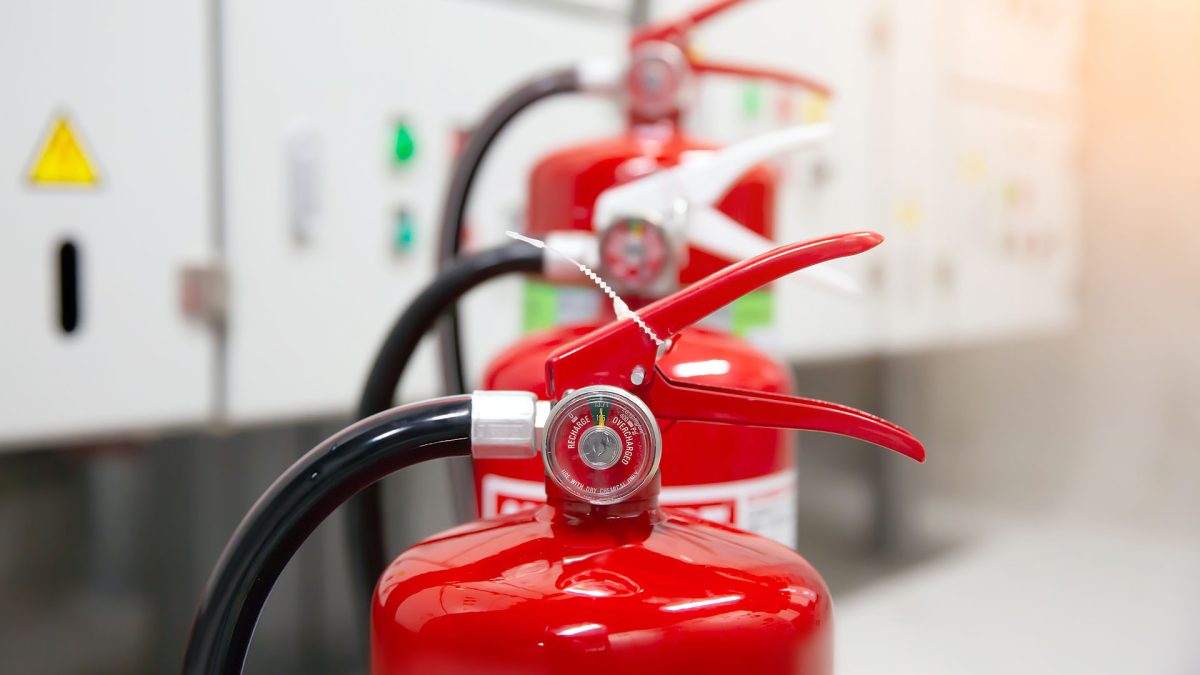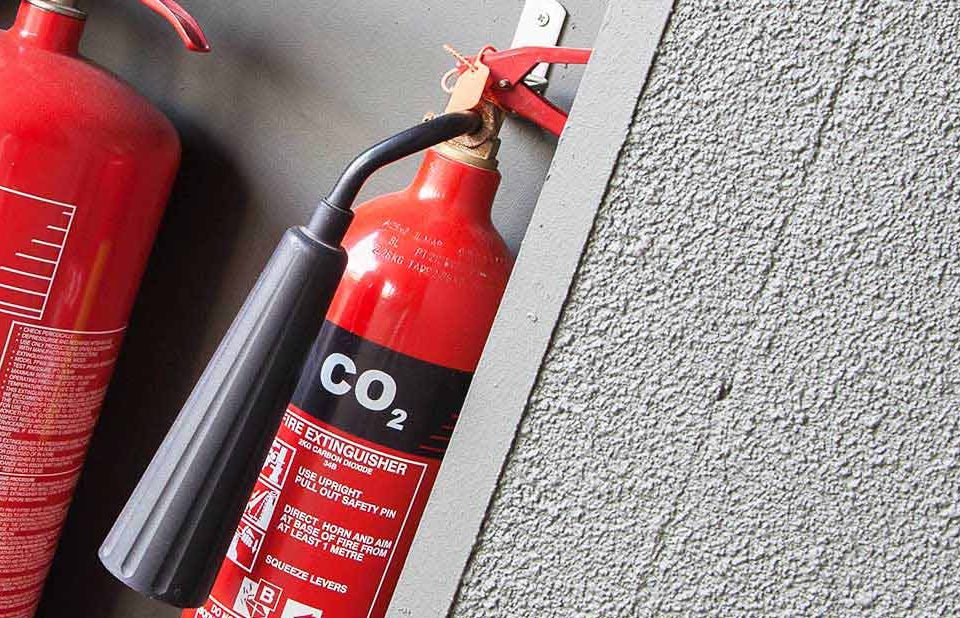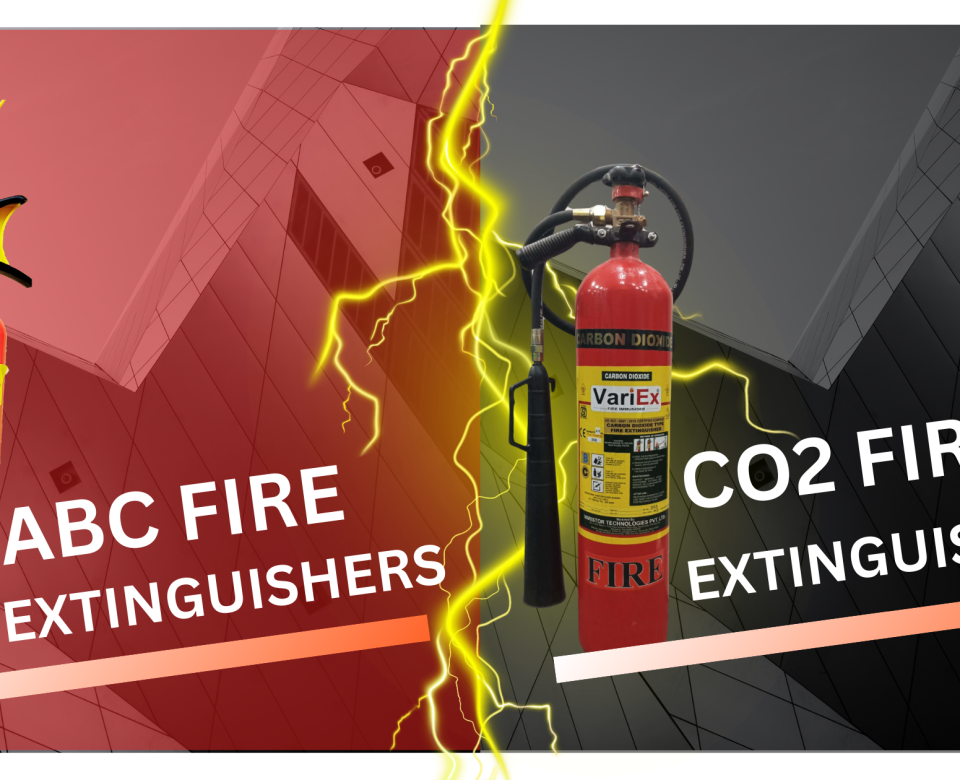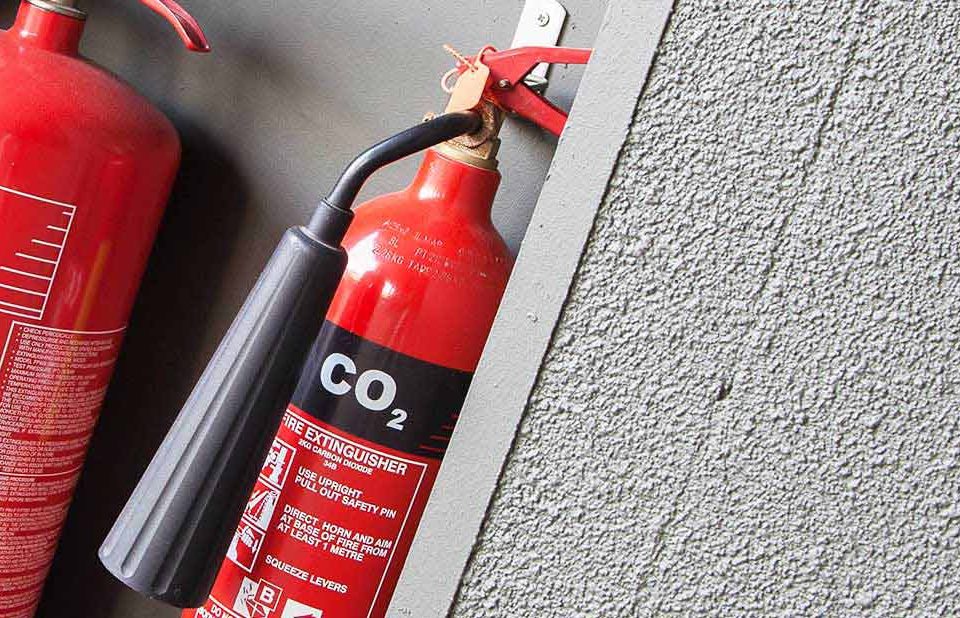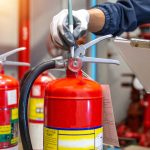
Fire Extinguisher and Their Role in Smart Building Safety Networks
August 21, 2025
Compact and Modular Fire Extinguisher Designs for Modern Use
August 30, 2025Fire extinguishers are essential safety devices that protect lives and property during emergencies. Whether at home, in cars, or workplaces, having a reliable fire extinguisher can make the difference between a minor incident and a disaster. However, owning a fire extinguisher alone is not enough. Regular safety testing, especially cylinder safety testing and hydrostatic pressure checks, is crucial to ensure these devices work effectively when needed.
Cylinder safety testing helps verify the strength and integrity of the fire extinguisher cylinder, preventing dangerous leaks or ruptures. Hydrostatic pressure testing, specifically, is a proven method to test the cylinder’s ability to withstand pressure by filling it with water and checking for weaknesses. In this blog, we’ll dive deep into why these tests matter, how they are done, and what standards and benefits you should know.
If you are curious about the fire extinguisher price or want to learn about options like fire extinguisher balls, CO2 fire extinguishers, wet chemical fire extinguishers, or products like fire blankets and fire buckets, read on for valuable insights.
Understanding Fire Extinguisher Cylinder Safety Testing
What Is Cylinder Safety Testing?
Cylinder safety testing involves thorough inspections and tests to confirm the fire extinguisher cylinder’s structural integrity. It ensures the cylinder can hold the pressurized fire extinguisher gas safely without risk of bursting or leaking, which is vital for the extinguisher’s reliability during emergencies.
Performing this test regularly increases confidence that the extinguisher will perform optimally to fight fires caused by electrical faults, kitchen oils, or car fires.
Common Risks with Unchecked Cylinders
If cylinders are not tested, there is a risk of sudden failures like rupture or leakage. This could cause injuries, worsen fire situations, or even render the extinguisher useless when you need it most. Additionally, workplace safety rules require proper maintenance, and non-compliance can lead to fines and legal consequences.
What Is Hydrostatic Pressure Testing?
The Science Behind It
Hydrostatic pressure testing is a standard method used to test fire extinguisher cylinders. Unlike air tests, which can be dangerous, hydrostatic testing uses water as an incompressible fluid to safely exert pressure on the cylinder walls. This method helps reveal any weak spots or leaks without the risk of explosive failures.
Step-by-Step Process
- Preparation: The extinguisher is emptied and disassembled.
- Filling: Water is pumped into the cylinder, completely filling it.
- Pressurizing: Pressure greater than the normal operating level (often 1.5 times) is applied.
- Inspection: The cylinder is checked for expansion, leaks, or any permanent deformation.
If the cylinder passes without any issues, it’s certified for use again.
Testing Intervals and Frequency
Testing is usually recommended every 5 to 12 years, depending on cylinder type, manufacturer guidelines, and regulations like OSHA or NFPA 10. Regular testing keeps you compliant with local fire safety codes and ensures maximum safety.
Regulations and Compliance Standards
Organizations such as OSHA, NFPA (National Fire Protection Association), and local fire safety authorities set clear requirements for fire extinguisher testing. Following these ensures your extinguishers are safe and legally approved.
Failing to comply can result in fines, increased insurance costs, and serious safety hazards. After passing hydrostatic tests, cylinders are tagged or labeled with certification dates, making inspection management easier.
Benefits of Regular Cylinder Safety & Hydrostatic Checks
- Enhanced Safety: Reduces risk of extinguisher failure during critical times.
- Performance Assurance: Fire extinguishers will perform as expected, whether it’s a car fire extinguisher or a large CO2 fire extinguisher for industrial use.
- Longevity: Regular checks extend the lifespan of your extinguisher, saving you money.
- Cost Efficiency: Early detection of problems reduces expenses compared to sudden replacements.
Whether you use a traditional fire extinguisher cylinder or a more innovative fire ball or fire blanket, maintaining device integrity is crucial.
Professional Testing vs. DIY Risks
While it might be tempting to handle extinguisher maintenance yourself, professional testing is highly recommended. Certified companies have the right tools and training to safely conduct hydrostatic pressure tests and certify cylinders.
DIY attempts can lead to incomplete checks, damaging the extinguisher or causing dangerous failures. Licensed professionals from trusted fire safety firms ensure your fire extinguisher gas containers, including specialized units like wet chemical extinguishers, are safe and ready to protect.
Signs Your Fire Extinguisher Needs Testing or Replacement
Look out for these warning signs:
- Visible rust, dents, or corrosion on the cylinder
- Expired service tag or missing inspection labels
- Leakage or low pressure gauge readings
- Extinguisher discharged or partially used without proper refilling
If these signs appear, arrange a professional inspection immediately.
Conclusion
Regular fire extinguisher cylinder safety testing and hydrostatic pressure checks are essential steps in fire prevention and emergency preparedness. They protect lives, prevent accidents, and keep you compliant with safety laws.
Don’t wait for an emergency to check your extinguisher’s condition; schedule professional inspections today. For trusted, affordable service and advice on fire extinguisher price, fire extinguisher ball price in Pakistan, and other fire safety products like fire buckets and blankets, contact Haseen Habib. Stay safe, prepared, and compliant with expert support!

